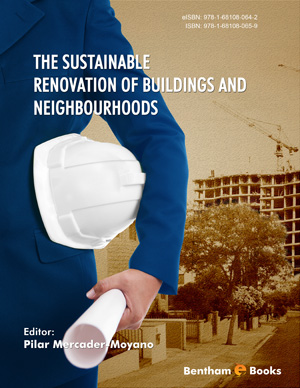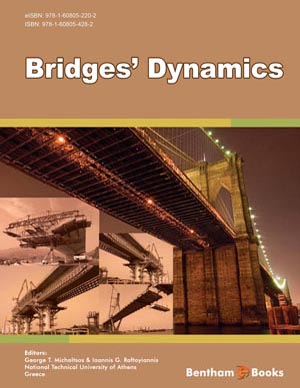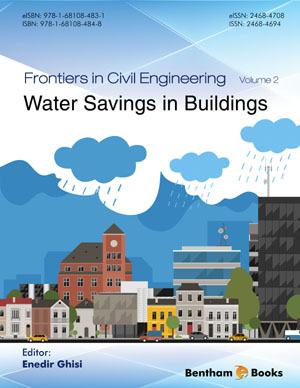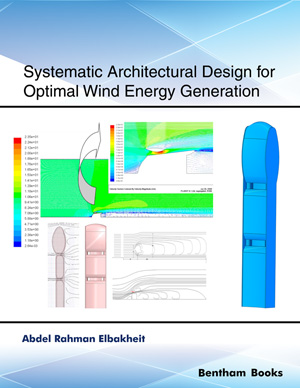Abstract
This work forms part of a study into the possibilities of improving the construction systems used for exterior enclosing walls of social housing in Spain. It has two parallel objectives, to improve the quality of the environment inside the houses and to enhance their energy efficiency. The increase in environmental demands placed on buildings, particularly in terms of energy saving and efficiency, has led to the need to study potential improvements to the different construction systems currently available. A well-designed facade adapted to local conditions, such as climate or solar access, is a key factor in guaranteeing the building’s habitability, while also playing an important role in decreasing environmental impacts. Retrofits on exterior enclosing walls, besides improving energy performance, also afford the opportunity to renovate and improve other kinds of needs, e.g., the building’s image, producing a positive impact on a neighbourhood-wide scale. Energy efficiency improvements can also be deployed in conjunction with other activities that may be necessary, such as maintenance or repair work, thereby optimising the costs of the different interventions. The objectives proposed herein are firstly to improve the habitability of the homes and, secondly, to reduce the environmental impact of the construction systems within their life-cycle. The facade plays a key role in achieving both of these aims.
Keywords: Building envelope, building stock regeneration, construction systems, energy efficiency, energy poverty, energy retrofit, energy consumption, façade, madrid: 1939-1979, materials, passive measures, social housing, thermal behavior, thermal transmittance.












